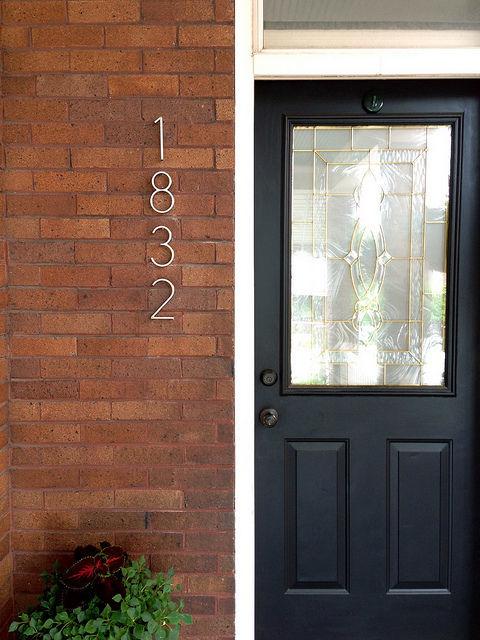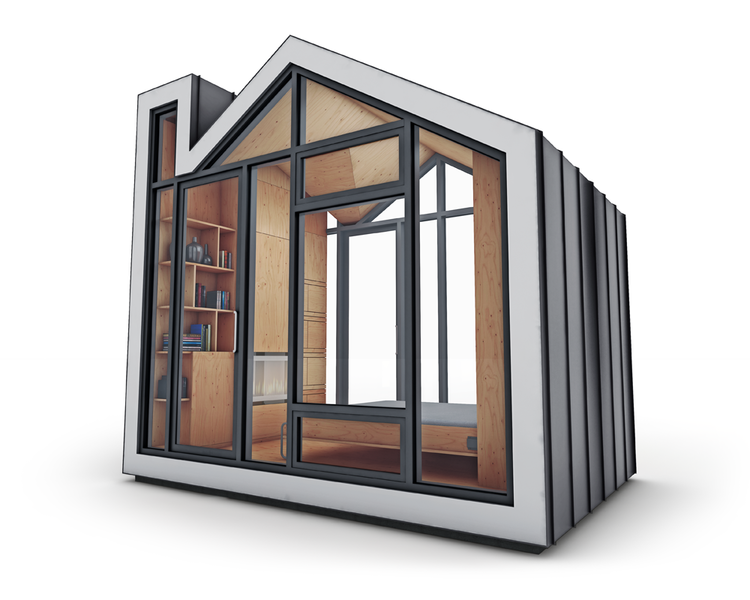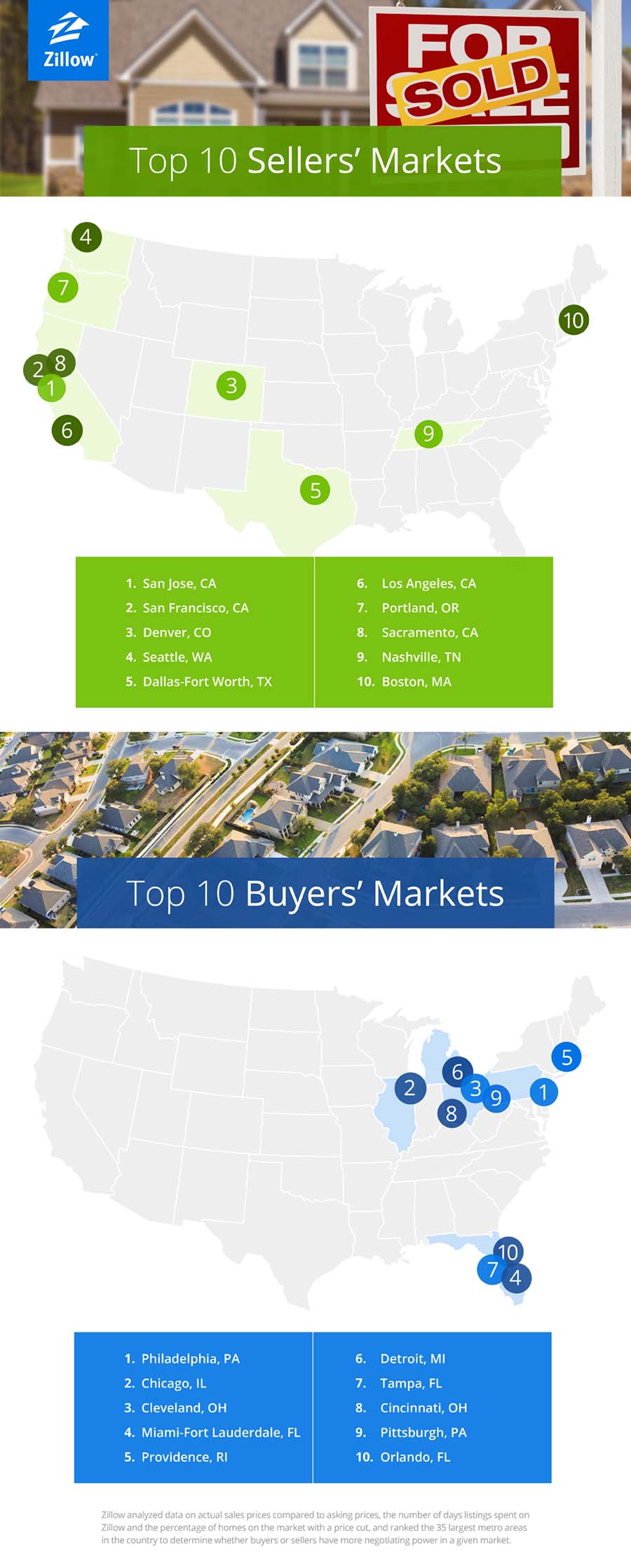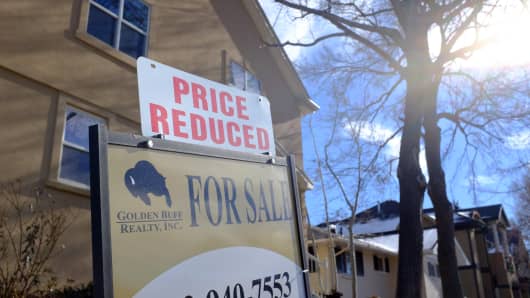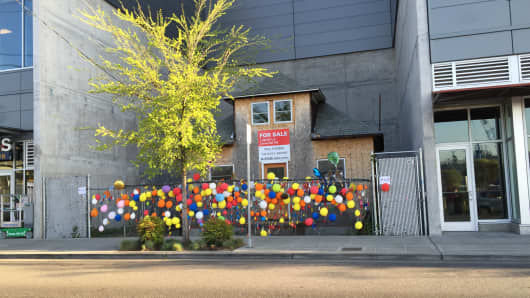April 23, 2015 - Solid employment gains, attractive mortgage rates, a growing economy and pent-up demand will help keep the housing market moving forward throughout 2015 and into next year, according to economists who participated in yesterday’s National Association of Home Builders (NAHB) 2015 Spring Construction Forecast Webinar.
“This should be a good year for housing, buoyed by sustained job growth, rising consumer confidence that is back to pre-recession levels and a gradual uptick in household formations,” said NAHB Chief Economist David Crowe. “We expect 2016 to be even better, due to a significant amount of pent-up demand and an economy that will be entering a period of reasonable strength and consistency.”
Over the past seven years, Crowe estimates the slow recovery and uncertainty in the job and housing markets resulted in 7.4 million lost home sales. “While some of these sales will never take place, this does indicate how many sales were lost as fewer households decided to move. We expect at least some of these to return in the form of new home sales as job and economic growth continue to firm.”
A key demographic to help jump-start this process should come from the millennials. The share of first-time home buyers has traditionally averaged around 40 percent, but in the aftermath of the housing downturn it now stands at just under 30 percent. First-time buyers are expected to provide a boost to the housing market, as the unemployment differential between young people and others is shrinking, Crowe noted.
Single-Family on the Rise
Turning to the forecast, the NAHB Remodeling Market Index, which averages ratings of current remodeling activity with indicators of future activity, stands at 57 in the first quarter of 2015 and has been at or above 50 most of the past two years. A reading above 50 indicates that more remodelers report market activity is higher (compared to the previous quarter) than report it is lower.
NAHB is projecting that residential remodeling activity will increase 2.3 percent in 2015 over last year and rise an additional 2.4 percent in 2016.
Single-family housing production is expected to post a 9 percent gain in 2015 to 704,000 units and jump an additional 39 percent to 977,000 units in 2016.
On the multifamily side, production ran at 355,000 units last year, what could be considered a normal level of production, and is expected to continue in that range or modestly higher through 2015 and 2016.
New Home Price Growth Fastest in Coastal Areas
Focusing on new home sales, Sam Khater, deputy chief economist at CoreLogic, said that sales volume is weak, but pockets of strength exist.
“New home price growth is fastest in the coastal states and eight of the top 10 healthiest new sale markets are in the Carolinas and Texas,” said Khater.
Of the top 100 new-home sale markets, Houston leads the pack at 2,000 sales per month, followed by Dallas and Atlanta which are running at about half that pace. In terms of volume, the bulk of the concentration is in southern markets.
“Nashville and San Jose stand out as the fastest growing markets, and Atlanta and San Antonio are the best large markets,” said Khater.
Only three new-sale markets are larger today than in 2000—Nashville, Oklahoma City and San Antonio.
 |
| BECOME A CALIFORNIA REAL ESTATE AGENT...CLICK LOGO TO VIEW OUR LIVE LECTURE SCHOOL |
“We Really Have Turned the Corner”
Also delving beneath the national numbers, NAHB Senior Economist Robert Denk said that the housing recovery continues to vary by state and region.
“Housing demand is now being driven by population growth and employment and income growth,” said Denk. “We are reconnecting to underlying fundamentals. We really have turned the corner.”
The strongest housing markets are centered in several energy-producing states, including North Dakota, Texas, Oklahoma, Louisiana, Wyoming and Idaho.
“The recent decline in oil prices is not hurting housing,” said Denk. “We haven’t seen it yet. We still expect energy output to be higher at the end of this year than last year.”
Other states exhibiting strong employment and housing growth include North Carolina, South Carolina, Tennessee, Washington and Colorado.
Using the 2000-2003 period as a healthy benchmark when single-family starts averaged 1.34 million units on annual basis, NAHB is projecting that single-family production, which bottomed out at an average 27 percent of normal production in early 2009, will rise to 61 percent of normal by the fourth quarter of this year and climb to 81 percent of normal by the end of 2016.
In another way of looking at the long road back to normal, by the end of 2016, the top 40 percent of states will be back to near normal production levels, compared to the bottom 20 percent, which will still be below 75 percent.
“What we are seeing, no matter what bucket you are in, the numbers are getting better,” said Denk. “There’s a broader recovery all around.”

